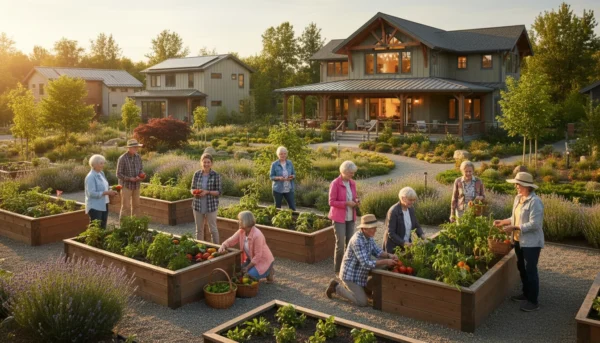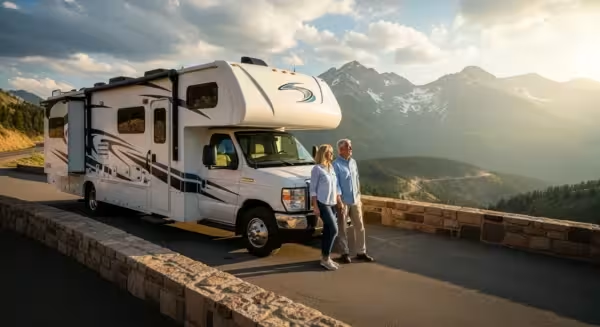The Pros and Cons of Age-Restricted Communities
As you navigate the exciting landscape of retirement, you likely consider many avenues for living your best life. One option that frequently sparks curiosity and conversation is the age-restricted community. Perhaps you have heard friends discuss them, or advertisements for vibrant 55+ communities have caught your eye. These unique neighborhoods offer a distinct lifestyle, designed with seniors in mind, but they also come with their own set of considerations. Making the right choice involves understanding what these communities truly offer and whether their structure aligns with your personal vision for retirement.
This article explores the landscape of age-restricted living, presenting a balanced view of the benefits and potential drawbacks. We aim to equip you with practical, actionable insights, helping you evaluate if an active adult living environment could be your next ideal chapter. You deserve a retirement filled with purpose, connection, and joy, and an informed decision about your living situation forms a crucial part of that journey.
Table of Contents
- What Are Age-Restricted Communities?
- The Allure of Active Adult Living: Benefits You Might Discover
- Potential Drawbacks to Consider Before Moving
- Is an Age-Restricted Community Right for You? Key Questions to Ask
- Exploring Your Options: Beyond the Brochure
- Making the Move: A Smooth Transition
- Life Beyond the Gates: Maintaining Connections and Purpose

What Are Age-Restricted Communities?
Age-restricted communities, often referred to as 55+ communities or active adult living communities, represent a distinct housing option governed by the Housing for Older Persons Act (HOPA). This federal law permits these communities to enforce age requirements, typically mandating that at least one resident in 80% of the occupied units is 55 years or older. While some communities require all residents to be 55+, many allow younger spouses or adult children, provided the primary resident meets the age threshold. This design creates environments tailored specifically to the needs and preferences of older adults.
You find these communities in various forms, from single-family homes and townhouses to condominiums and manufactured homes. They vary widely in size, scope, and amenity offerings. Some are vast, self-contained towns with multiple golf courses, shopping centers, and hospitals, while others are smaller, more intimate neighborhoods centered around a single clubhouse. Regardless of their scale, the underlying principle remains consistent: to foster a lifestyle of engagement, convenience, and community among peers.
Understanding the fundamental structure of age-restricted communities provides the groundwork for evaluating their suitability for your retirement. These are not nursing homes or assisted living facilities, though some may offer additional services. Instead, they cater to independent adults who seek an active, social, and often maintenance-free lifestyle.

The Allure of Active Adult Living: Benefits You Might Discover
Many seniors gravitate towards age-restricted communities for compelling reasons that enhance their quality of life. You can often experience a heightened sense of connection, convenience, and peace of mind in these environments. Consider these significant advantages:

Community and Social Connection
One of the most frequently cited benefits of age-restricted communities is the built-in social network. You immediately gain access to a community of peers who share similar life stages, interests, and often, experiences. This shared demographic fosters a natural sense of camaraderie and significantly reduces feelings of isolation. According to a 2020 study published by the National Academies of Sciences, Engineering, and Medicine, social isolation poses serious health risks for older adults. Active adult communities proactively combat this by providing ample opportunities for interaction.
- Instant Friendships: You can easily find others interested in bridge, book clubs, gardening, or walking groups.
- Shared Experiences: Residents often bond over common interests in travel, hobbies, and cultural events.
- Mutual Support: Neighbors often look out for one another, creating a supportive network in times of need.

Maintenance-Free Lifestyle
Imagine a life where you no longer worry about mowing the lawn, shoveling snow, or repairing a leaky roof. Many age-restricted communities offer exterior home maintenance as part of their homeowner’s association (HOA) fees. This frees up countless hours and eliminates the physical demands of home upkeep, allowing you to dedicate your time to pursuits you truly enjoy.
- Reduced Chores: Say goodbye to landscaping, snow removal, and exterior painting.
- More Free Time: You gain hours each week for hobbies, travel, or relaxation.
- Less Physical Strain: Avoid the physical exertion and potential injury associated with home maintenance tasks.

Amenities and Activities
These communities frequently boast an impressive array of amenities and a packed calendar of activities, often rivaling those of a resort. This focus on engagement ensures you always have options for staying active, learning new skills, and pursuing passions.
- Fitness Centers: State-of-the-art gyms, swimming pools, and fitness classes tailored for seniors.
- Social Hubs: Clubhouses, ballrooms, and communal spaces for gatherings and events.
- Hobby Facilities: Craft rooms, workshops, libraries, and game rooms.
- Outdoor Recreation: Golf courses, tennis courts, pickleball courts, walking trails, and bocce ball.
- Organized Events: You can participate in everything from movie nights and potlucks to organized day trips and educational seminars.
These comprehensive offerings mean you likely spend less on external memberships for gyms or social clubs, as many amenities are included in your HOA fees.
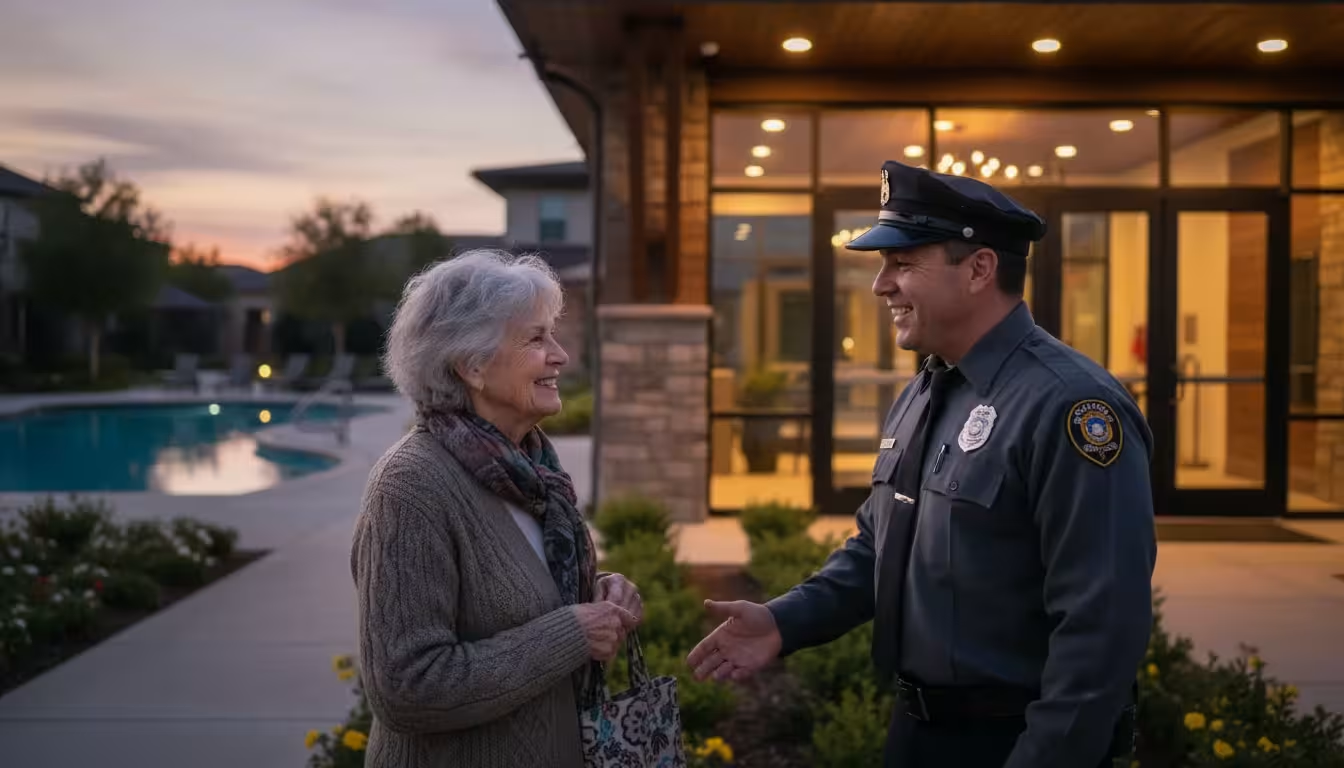
Safety and Security
Many age-restricted communities offer enhanced security features, providing residents with peace of mind. Gated entrances, security patrols, and well-lit common areas create a safer environment. You can feel more secure knowing that the community prioritizes your safety.
- Gated Entrances: Controlled access limits unwanted visitors.
- Security Personnel: Some communities provide 24/7 security presence.
- Community Watch: A tight-knit community often means neighbors are more attuned to unusual activity.

Financial Predictability
While an initial investment is necessary, age-restricted communities can offer a more predictable financial outlook regarding home maintenance. Your HOA fees cover many expenses that would otherwise be unpredictable, allowing you to budget more effectively. You gain clarity on your monthly housing costs, which is invaluable for retirement planning.
- Consolidated Costs: Many utilities, maintenance, and amenity access often bundle into one fee.
- Reduced Unexpected Expenses: Less worry about sudden, large repair bills for your home’s exterior or common areas.

Potential Drawbacks to Consider Before Moving
While the benefits are significant, age-restricted communities are not a perfect fit for everyone. You must carefully weigh the potential downsides to determine if this lifestyle aligns with your expectations and needs. Thoughtful consideration of these points helps you make an informed choice.

Lack of Age Diversity
The very feature that draws many to these communities, the age restriction, can also be a drawback for others. You will live predominantly among people your age or older. For individuals who thrive on intergenerational connections, this can feel limiting.
- Limited Interaction with Younger Generations: You might miss daily contact with children, teenagers, and young adults.
- Homogenous Perspectives: A lack of age diversity can sometimes lead to a less varied range of viewpoints and experiences in daily interactions.
- Grandchildren Visits: While grandchildren can visit, many communities have rules about the duration and frequency of their stays, which can be a concern for active grandparents.
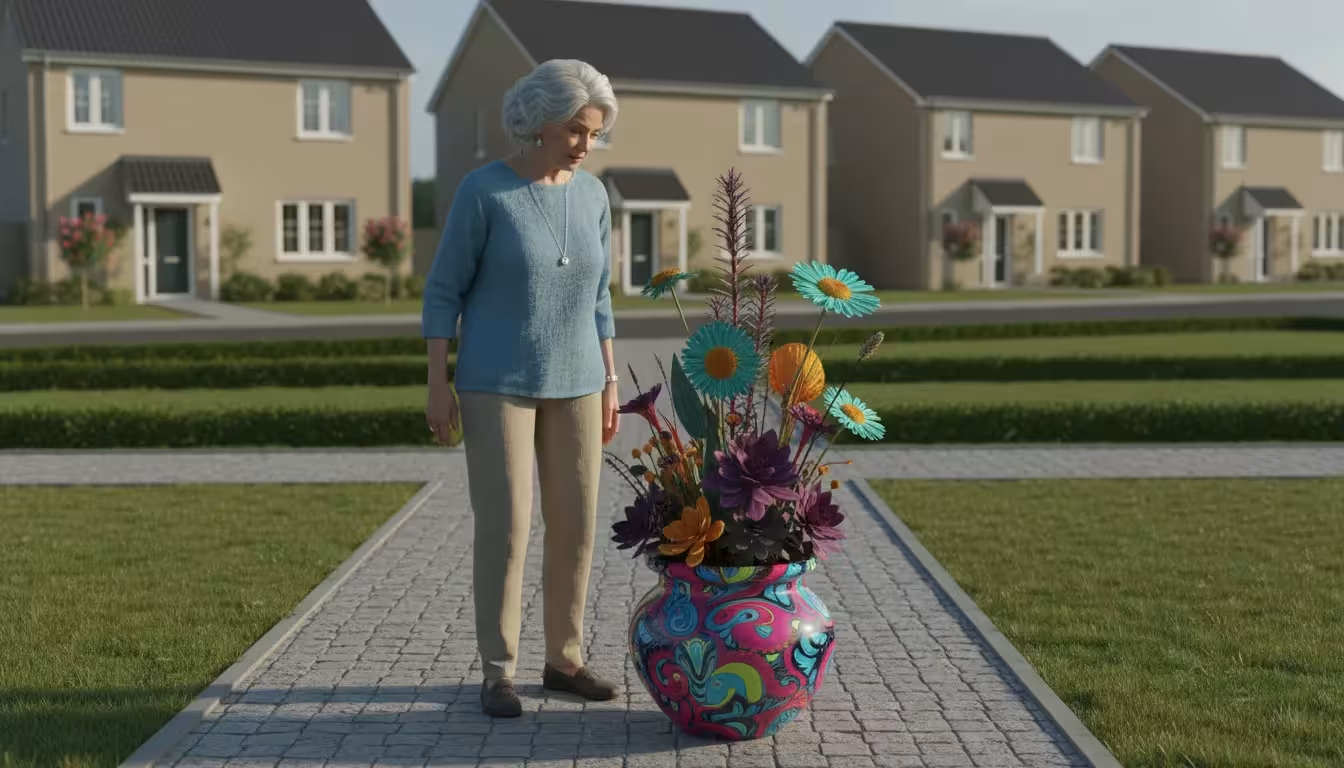
Rules and Regulations
Living in a community governed by an HOA means adhering to a set of rules and regulations. These covenants, conditions, and restrictions, often referred to as CC&Rs, dictate everything from home exterior colors and landscaping choices to parking rules and pet policies. While these rules maintain community aesthetics and order, they can feel restrictive if you value complete autonomy over your property.
- Architectural Guidelines: You may face limitations on modifications to your home’s exterior or landscaping.
- Pet Policies: Some communities have restrictions on the number, size, or breed of pets.
- Noise and Usage Rules: Rules govern common areas, visitor parking, and even when you can conduct certain activities.
You must thoroughly review the CC&Rs before committing to a purchase to ensure they align with your lifestyle.

Homeowners Association (HOA) Fees
While HOA fees offer predictability and cover maintenance and amenities, they represent a recurring expense that can be substantial. These fees can increase over time, potentially impacting your retirement budget. You must understand what the fees cover and how they might escalate.
- Monthly Cost: HOA fees add a significant fixed cost to your housing budget.
- Potential Increases: Boards can vote to increase fees or levy special assessments for large projects, such as a new roof for the clubhouse or significant road repairs.
- Budget Impact: Ensure your retirement budget comfortably accommodates these fees now and in the future.
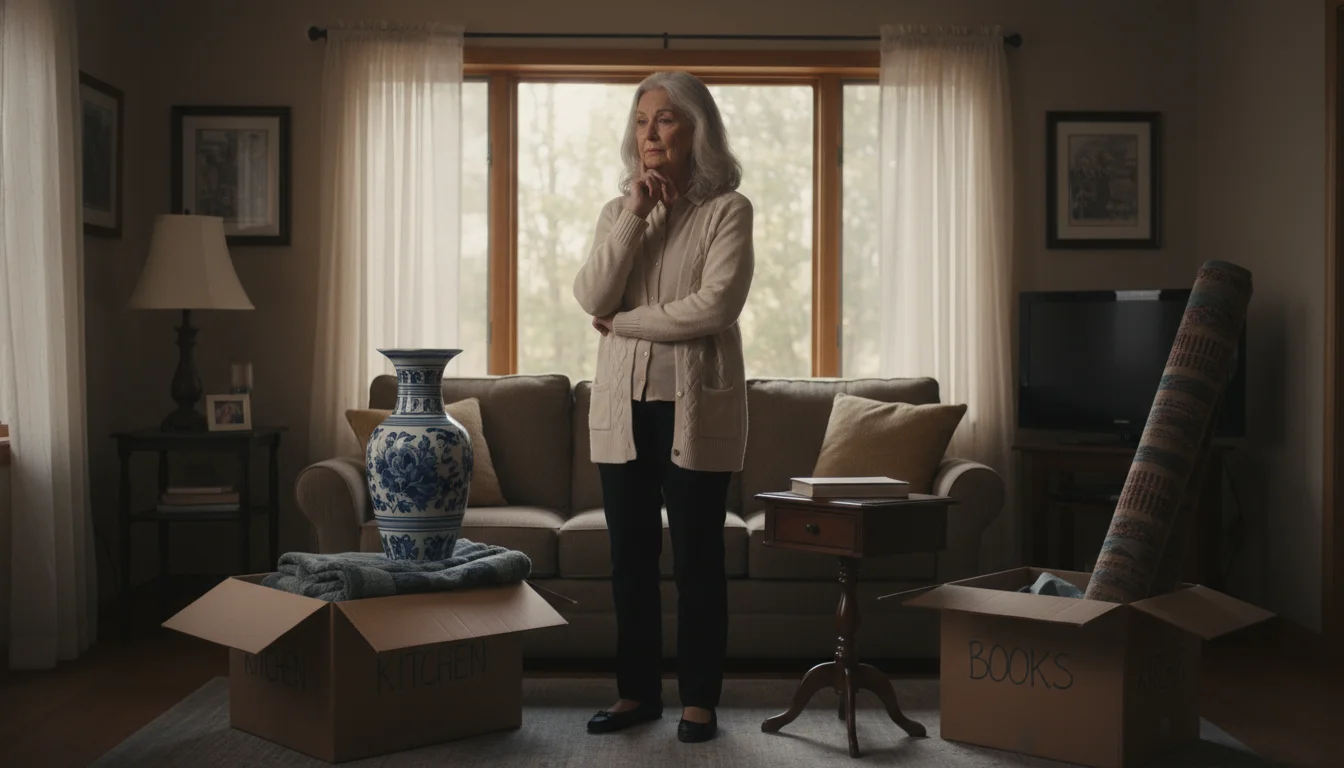
Less Space and Smaller Homes
Many age-restricted communities feature homes that are smaller or more compact than traditional suburban residences. This design often promotes ease of maintenance and accessibility, but it may require significant downsizing. You might find less storage space or smaller yards than you are accustomed to, which could be a concern if you have a lifetime of possessions or enjoy extensive gardening.
- Downsizing Required: You likely need to declutter and significantly reduce your belongings.
- Limited Storage: Smaller homes often mean less attic, basement, or garage storage.
- Smaller Yards: While maintenance-free, a small yard may not suit those who enjoy extensive gardening or outdoor entertaining in a larger space.

Proximity to Family and Services
While some age-restricted communities are strategically located near urban centers or family, others may be in more secluded areas. This can impact your access to specific medical specialists, cultural events, or family members. You should consider the community’s location relative to your personal and familial needs.
- Distance from Loved Ones: Moving to a 55+ community might increase the distance between you and your adult children or grandchildren.
- Access to Services: Ensure the community’s location provides convenient access to your preferred healthcare providers, shopping, and entertainment.
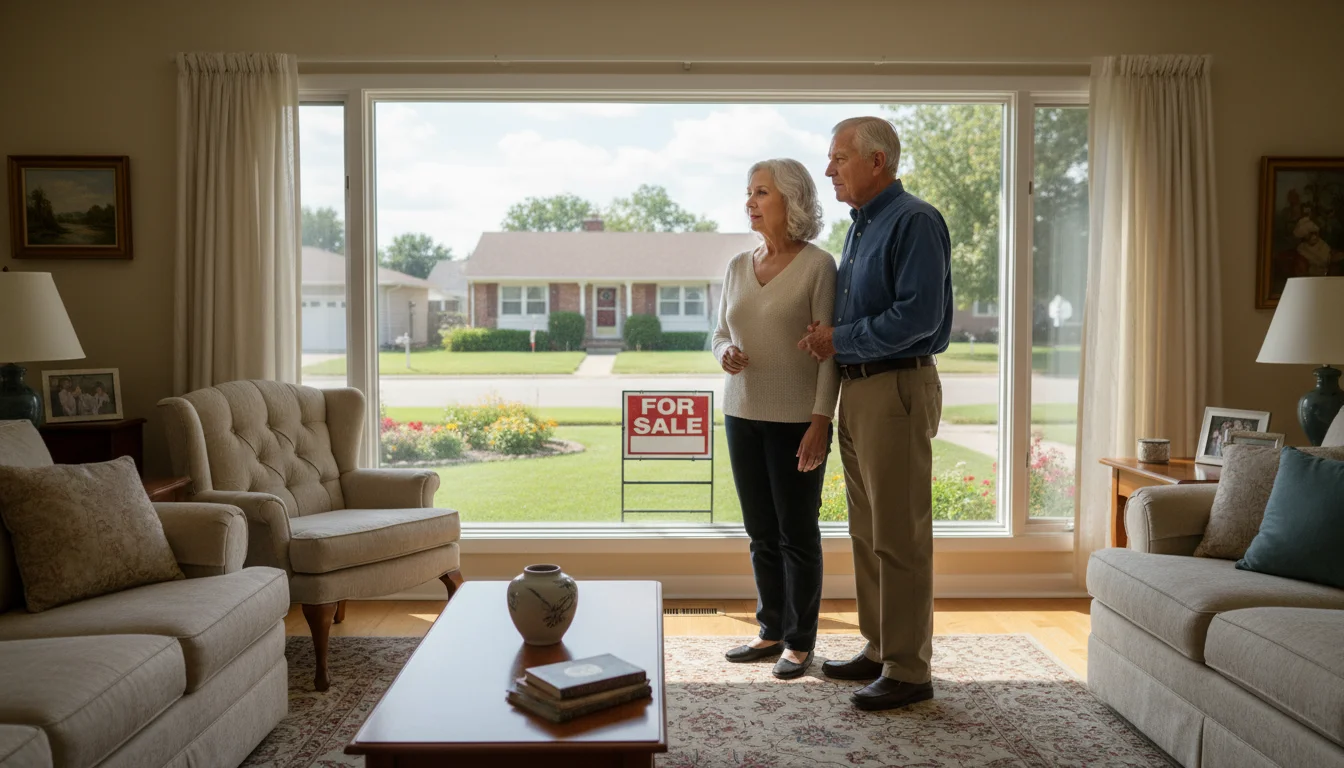
Resale Value Considerations
While homes in popular age-restricted communities often hold their value well, the resale market is inherently limited to other age-qualified buyers. This can potentially affect demand and the speed of sale compared to a general market home, especially in less desirable communities or during economic downturns. You should research the local market conditions and the community’s track record for home sales.
- Niche Market: The buyer pool for your home is restricted to those who meet the age requirements.
- Market Fluctuations: Like any real estate, resale values depend on location, community popularity, and overall market health.

Is an Age-Restricted Community Right for You? Key Questions to Ask
The decision to move into an age-restricted community is deeply personal. You possess unique preferences, financial situations, and social needs. Asking yourself probing questions helps you clarify whether this type of living environment aligns with your ideal retirement.
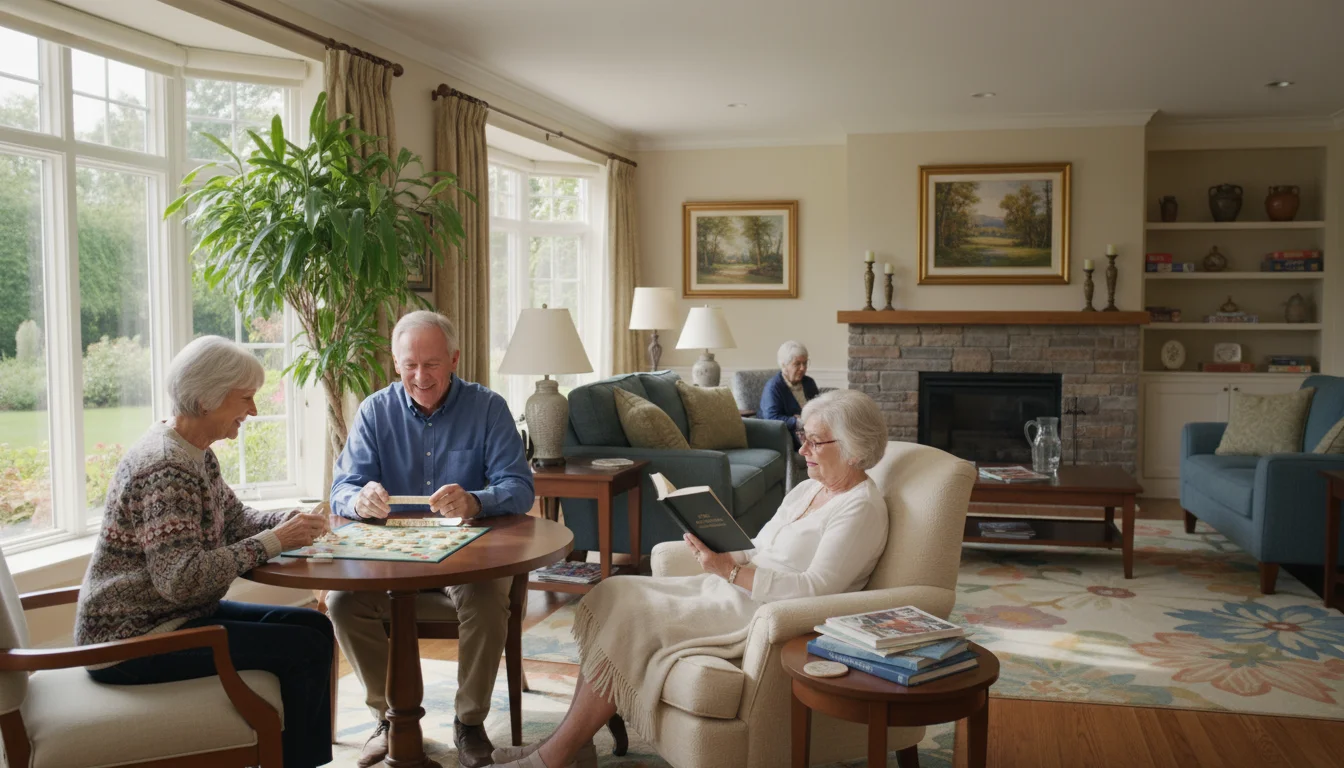
Your Lifestyle Preferences
Consider how you envision spending your days in retirement. Do you crave constant activity and social engagement, or do you prefer a quieter, more solitary existence? A study by AARP consistently highlights the desire for continued engagement among older adults, and these communities often cater directly to that.
- Do you enjoy structured activities and social events? If a full calendar of classes, clubs, and gatherings excites you, a community with extensive amenities might be a perfect fit.
- Do you value a maintenance-free lifestyle? If yard work and home repairs feel like burdens, the services offered in these communities could be a significant relief.
- How important is living among peers? Do you prefer the camaraderie of people your age, or do you thrive on intergenerational connections?

Your Financial Situation
A clear understanding of your current and future financial health is paramount. Moving involves not only the cost of a new home but also ongoing fees. You must ensure that this choice supports your long-term financial security.
- Can you comfortably afford the purchase price and ongoing HOA fees? Factor in potential fee increases and special assessments.
- Have you considered property taxes and insurance costs in the new location? These can vary significantly.
- Does your budget allow for enjoying the amenities and activities? Some activities might incur additional costs beyond the HOA fees.

Your Social Needs
Your social well-being directly impacts your overall happiness. Think about how you typically form connections and what kind of social environment energizes you.
- Do you actively seek out new friendships? These communities provide opportunities, but you must still engage to build relationships.
- How do you feel about the lack of age diversity? Will you miss regular interactions with children and younger adults?
- Are your closest friends and family nearby, or will a move create distance? Consider how you will maintain those important connections.
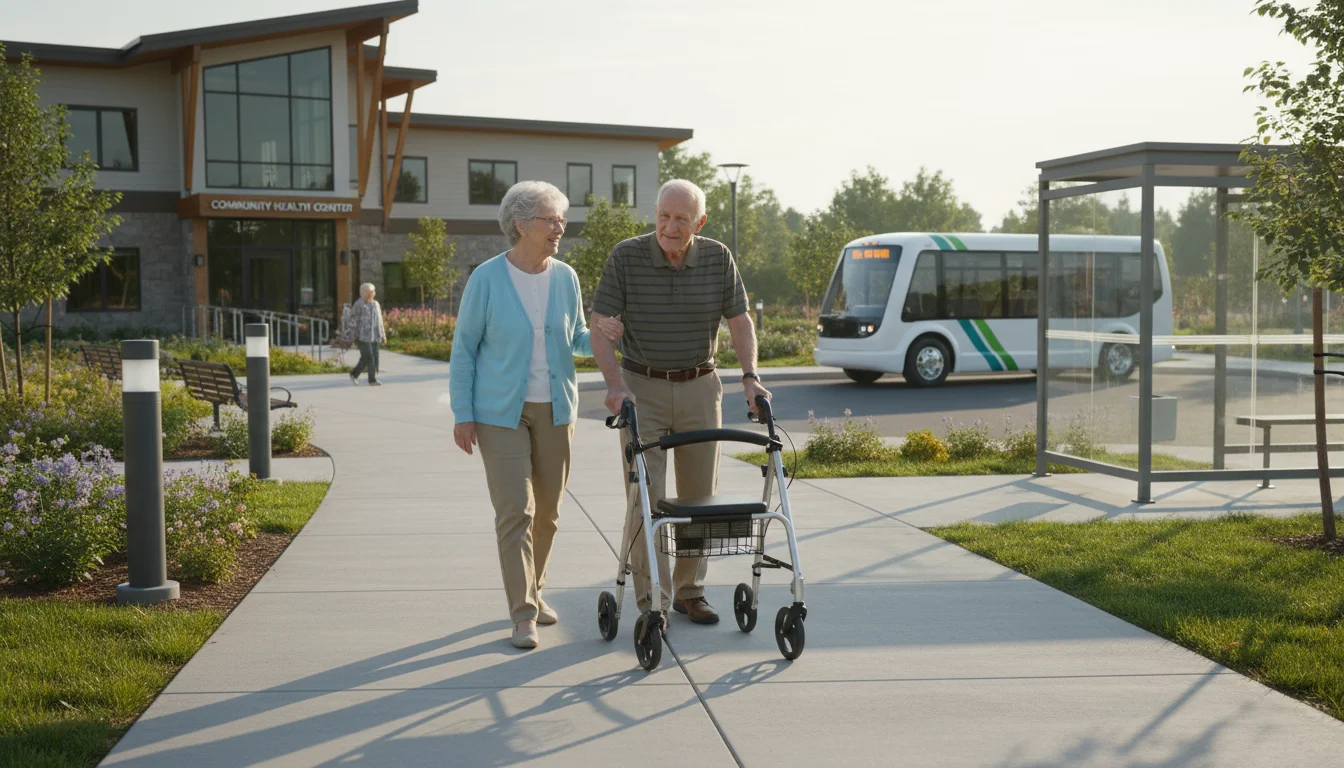
Your Health and Mobility
As you plan for the future, consider how your health and mobility might evolve. Many age-restricted communities offer features that support aging in place, but it is important to assess if they meet your specific requirements.
- Are the homes designed for accessibility (e.g., single-story, wider doorways, grab bars)? Many communities prioritize universal design principles.
- Is there access to healthcare services and medical facilities in or near the community? Proximity to doctors and hospitals becomes increasingly important.
- Will you rely on public transportation or community shuttle services? Evaluate the available options if driving becomes less feasible.

Exploring Your Options: Beyond the Brochure
Once you have a clearer picture of your needs and preferences, the next step involves active research. You should look beyond glossy brochures and sales pitches to gain a realistic understanding of life in various communities. Diligent investigation empowers you to make an informed decision.

Visit Multiple Communities
Do not limit yourself to just one visit or one community. You benefit immensely from exploring a range of options, even those you initially think might not be a perfect fit. Communities vary widely in size, atmosphere, and offerings.
- Schedule tours: See the homes, clubhouse, and amenities firsthand.
- Attend open houses or special events: This allows you to experience the community’s vibe when it is active.
- Visit at different times of day: Observe how the community feels in the morning, afternoon, and evening.
- Consider a trial stay: Some communities offer short-term rentals, allowing you to “live” there for a week or two.

Talk to Residents
The best source of information about life in an age-restricted community comes directly from the people who live there. They offer unfiltered perspectives and invaluable insights. You gain a deeper understanding of the daily realities, both positive and negative.
- Strike up conversations: Approach residents in common areas, at the pool, or on walking trails.
- Ask specific questions: Inquire about HOA fees, management responsiveness, social activities, and overall satisfaction.
- Listen to their experiences: Pay attention to their concerns as well as their praises.

Understand the HOA Documents
Before you sign anything, you must thoroughly review all HOA documents. This includes the Covenants, Conditions, and Restrictions (CC&Rs), bylaws, and financial statements. These documents define your rights and responsibilities as a homeowner and provide critical information about the community’s governance and financial health. A real estate attorney can help you navigate these complex papers.
- Read the CC&Rs carefully: Understand all rules regarding property use, modifications, and community living.
- Review bylaws: Learn about the HOA board structure, voting rights, and meeting procedures.
- Examine financial statements: Assess the community’s financial stability, reserve funds, and any upcoming major expenses that might lead to special assessments.

Consider Rental Versus Purchase
If you feel uncertain about committing to a purchase, consider renting a home in an age-restricted community for a period. This approach allows you to experience the lifestyle without the significant financial investment of buying. You gain firsthand knowledge before making a permanent decision.
- Test the waters: Live in the community for six months or a year to see if it suits you.
- Evaluate the commitment: A rental provides flexibility if you discover the community is not the right fit.

Making the Move: A Smooth Transition
Moving, especially later in life, can feel daunting. However, you can manage this transition smoothly and with less stress through careful planning and strategic execution. A well-organized move allows you to settle into your new age-restricted community with greater ease and anticipation.

Downsizing Strategically
Most moves to age-restricted communities involve downsizing. You likely move from a larger family home to a more compact residence. This process presents an opportunity to declutter and simplify your life, keeping only items that bring you joy or serve a practical purpose. Consider using a professional organizer or a senior move manager who specializes in assisting older adults with transitions.
- Sort and purge: Categorize items into keep, donate, sell, or discard. Be ruthless but practical.
- Measure your new space: Know the dimensions of your new home to ensure your furniture fits.
- Digitize memories: Scan old photos and documents to reduce physical clutter.

Plan Your New Layout
Before moving day, envision how you will arrange your new home. Create a floor plan to determine where furniture will go. This proactive approach minimizes confusion and heavy lifting upon arrival, allowing you to establish a comfortable living space quickly. You want your new home to feel welcoming from day one.

- Draw a floor plan: Map out furniture placement in your new, smaller space.
- Prioritize essential items: Unpack your bedroom and bathroom necessities first.
- Create a “first night” box: Include toiletries, medication, a change of clothes, and any immediate comforts.

Communicate with Your New Community
Establish contact with the community’s management or resident services team before your move. They can provide valuable information about move-in procedures, common area access, and any local resources that might assist you. You want to feel prepared and supported as you arrive.
- Understand move-in rules: Clarify vehicle access, elevator reservations, and timing restrictions.
- Ask about resident orientation: Many communities offer programs to help new residents integrate.
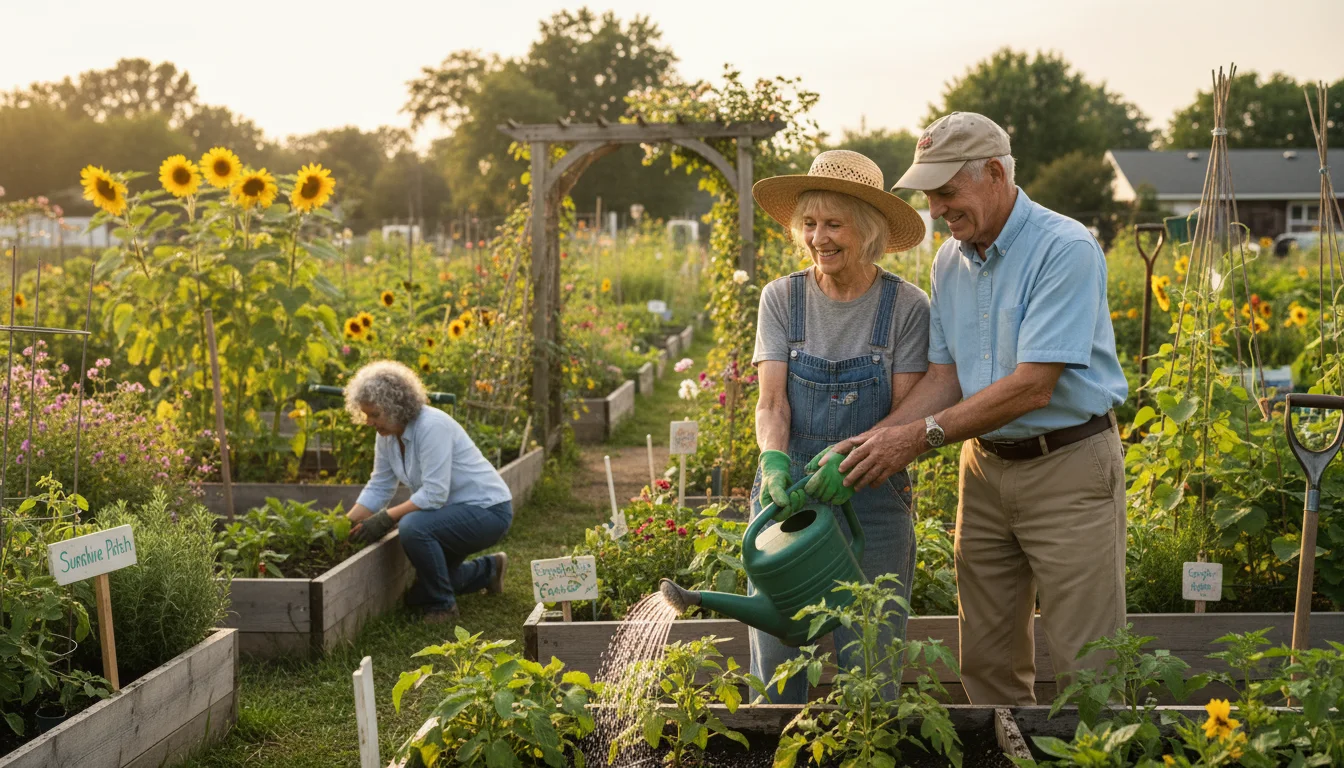
Build Connections Actively
Once you arrive, make a conscious effort to engage with your new neighbors and community activities. While the community provides opportunities, you initiate connections. This proactive approach helps you quickly establish a fulfilling social life.
- Attend social events: Go to coffee hours, game nights, or new resident mixers.
- Join clubs that align with your interests: From gardening to walking groups, participation fosters friendships.
- Introduce yourself to neighbors: A friendly wave or quick chat can be the start of a lasting friendship.

Life Beyond the Gates: Maintaining Connections and Purpose
Regardless of whether you choose an age-restricted community or remain in a traditional neighborhood, your retirement years offer an incredible opportunity for growth, connection, and purpose. The decision about where you live is significant, but it is only one piece of a larger, vibrant puzzle. You can proactively shape a fulfilling life, no matter your address.

Cultivate Your Passions
Retirement provides the time and freedom to delve deeply into hobbies and interests you previously deferred. You can discover new passions or reignite old ones. This pursuit of personal interests contributes significantly to your sense of purpose and well-being.
- Explore new skills: Take a class in painting, learn a new language, or master a musical instrument.
- Revisit old hobbies: Dedicate more time to gardening, woodworking, or photography.
- Engage in creative expression: Write, draw, or craft. Creative outlets often bring immense satisfaction.

Stay Connected with Loved Ones
Technology offers incredible tools for maintaining relationships with family and friends, regardless of distance. Video calls, social media, and instant messaging allow you to stay present in their lives and share your experiences. These connections are vital for your emotional health.
- Schedule regular video calls: See your grandchildren and children often.
- Share photos and updates: Use social media platforms or private family groups.
- Plan visits: Prioritize trips to see loved ones, or invite them to visit you.
Even within an age-restricted community, remember that your world extends beyond its borders. Your personal network remains a cornerstone of your happiness.

Embrace Volunteerism and Contribution
Finding ways to contribute to your wider community offers profound benefits. Volunteer work provides a sense of purpose, combats loneliness, and allows you to apply your lifetime of skills and experience. You possess a wealth of knowledge and capability that can enrich the lives of others.
- Find a cause you care about: Volunteer at a local hospital, library, animal shelter, or school.
- Mentor younger generations: Share your expertise and wisdom.
- Join local civic groups: Become an active participant in your town or city’s well-being.
The National Council on Aging often highlights the positive correlation between volunteerism and improved health outcomes for seniors. Your contributions truly make a difference.

Prioritize Health and Wellness
Your physical and mental health are your most valuable assets. You must continue to prioritize regular exercise, a balanced diet, and sufficient rest. Staying active, both physically and mentally, enables you to enjoy your retirement years to the fullest.
- Maintain an active lifestyle: Engage in walking, swimming, yoga, or dance.
- Eat nutritious foods: Fuel your body for energy and vitality.
- Stay mentally stimulated: Read, do puzzles, or learn something new.
- Schedule regular check-ups: Proactive healthcare keeps you feeling your best.
Whether you choose the vibrant life within an age-restricted community or prefer a different setting, you have the power to create a retirement that is rich, meaningful, and deeply satisfying. Your journey is yours to define, filled with discovery, connection, and joy.
















